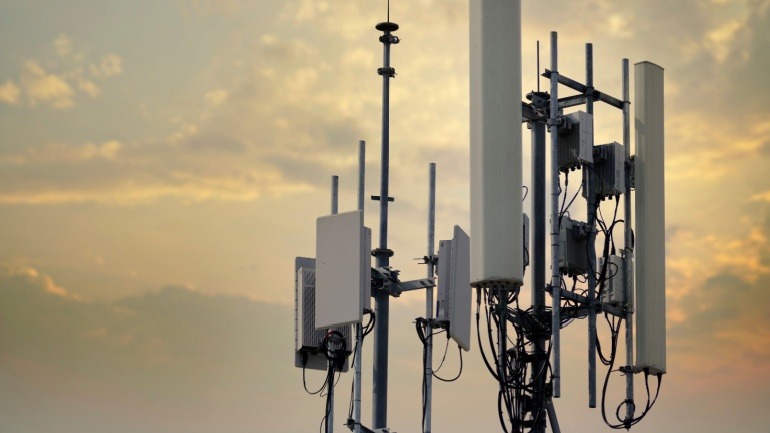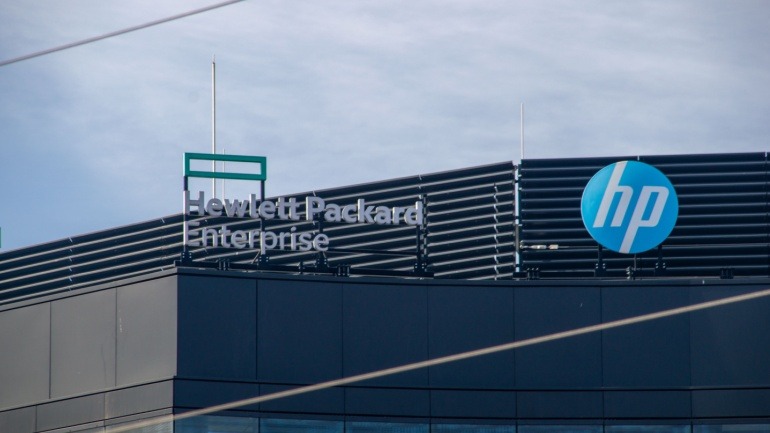Future Technologies, a prominent US-based industrial integrator, has made headlines by undergoing a strategic recapitalization. This maneuver aligns them with Battle Investment Group, signifying an ambitious ascent to become North America’s leading private 5G provider by the close of 2026. This forecasted growth plan hinges on acquisitions and new equity infusion to meet the surge in demand for industrial AI and IoT connectivity.
Battle Investment Group’s majority stake acquisition signals a shift in Future Technologies’ ownership from family control to equity-backed expansion. Despite these changes, CEO Peter Cappiello maintains leadership and strategic oversight, highlighting the company’s steadfast industrial connectivity focus.
Future Technologies has its roots in providing AI data center and IoT hardware links. The firm’s recapitalization serves as a springboard to extend acquisition capabilities, enhance operations, and leverage its position as a go-to service provider for giants like Nokia and Ericsson. This strategic move positions the company to cater to Fortune 10-level enterprises seeking expansive private 5G networks.
The company’s growth trajectory is impressive. Revenue is expected to climb by 30% in 2025, following a 30% rise in 2024. With a 50% increase in sales pipeline interest from the previous year, Peter Cappiello envisions a doubling of both revenue and workforce by 2026, with long-term goals to reach $250 million in revenue by 2030.
Committed to “zero debt and zero investment” growth, Cappiello underscores the firm’s organic expansion across various verticals, including energy, manufacturing, transportation, and government sectors. The commitment to connectivity, particularly amid the US’s AI and infrastructure boom, remains a focal point.
Future Technologies chooses a prudent approach by focusing on traditional networking, rather than chasing AI trends or industrial devices. By cementing its role in providing essential connectivity, such as private 5G and enterprise Wi-Fi, the company strengthens its operational base. This disciplined strategy echoes the “20-mile march” resilience, ensuring consistent, daily progress over rapid, unsustainable sprints.
In a final nod to their strategy, Cappiello stresses concentration on middle-market connectivity solutions. Avoiding industrial device supply, the company remains fixed on its mission as a transformative connectivity provider, bridging the gap between cloud, edge infrastructure, and AI-enabled sensors and devices. Their discipline and robust capital backing place Future Technologies in prime position for aggressive market growth.







